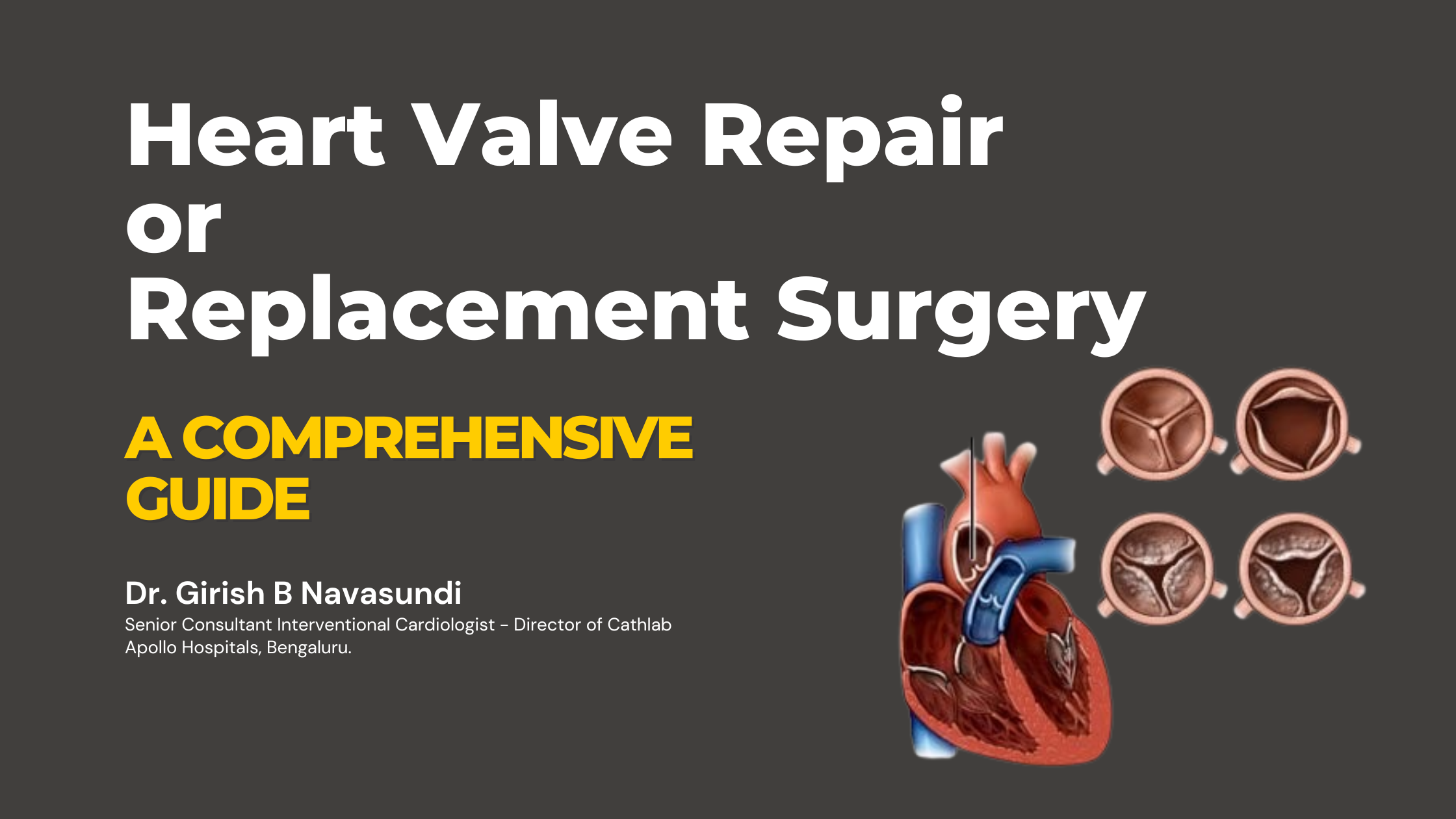 Posted on February 5, 2024
Posted on February 5, 2024
Heart Valve Repair or Replacement Surgery: A Comprehensive Guide
Heart valve problems can be a serious medical condition that requires careful evaluation and, in some cases, surgical intervention. This blog post aims to provide you with a comprehensive overview of heart valve repair or replacement surgery, answering essential questions about why it might be necessary, how to prepare, what happens during the surgery, and what to expect during recovery.
Why Might I Need Heart Valve Repair or Replacement Surgery?
Heart valve problems can result from a variety of causes, including congenital conditions, infections, and age-related wear and tear. When a heart valve does not function properly, it can lead to serious complications, such as:
- Valve Stenosis: This occurs when a valve narrows, restricting blood flow through the heart. It often results from the buildup of calcium deposits or scarring.
- Valve Regurgitation: Also known as valve insufficiency, it happens when a valve doesn’t close tightly, causing blood to leak backward into the heart.
- Congenital Heart Defects: Some individuals are born with abnormal heart valves that require surgical correction.
- Infections: Infections like endocarditis can damage heart valves and necessitate surgical intervention.
- Age-Related Degeneration: Over time, heart valves can naturally degenerate, leading to the need for repair or replacement, especially in older adults.
How Do I Get Ready for Heart Valve Repair or Replacement Surgery?
Preparing for heart valve repair or replacement surgery is a crucial step in ensuring a successful outcome. Here are some steps to consider:
- Consultation: Your cardiologist or cardiac surgeon will thoroughly evaluate your condition and discuss the appropriate treatment options, including the need for surgery.
- Medical History and Tests: Be prepared to provide your medical history and undergo various tests, such as echocardiograms and blood work, to assess your heart’s condition.
- Medications: Your healthcare provider may adjust your medications, such as blood thinners, before surgery.
- Lifestyle Changes: Maintaining a healthy lifestyle by quitting smoking, managing diabetes, and controlling blood pressure can help improve your overall health and reduce surgical risks.
- Support System: Arrange for a support system to assist you during your recovery period, as you may need help with daily activities.
What Happens During Heart Valve Repair or Replacement Surgery?
The surgical procedure itself can vary depending on your specific condition and the chosen treatment approach. There are two primary methods:
- Valve Repair: In this procedure, the surgeon repairs the damaged valve by reshaping or reattaching valve leaflets or using annuloplasty rings to support valve function.
- Valve Replacement: If repair isn’t possible, the surgeon replaces the damaged valve with a mechanical valve (made of metal) or a bioprosthetic valve (made from animal tissue or human cadaver tissue).
During the surgery:
- You’ll be under general anesthesia.
- The surgeon will make an incision in your chest to access the heart.
- The heart may be temporarily stopped, and a heart-lung machine takes over its functions.
- The surgeon will repair or replace the valve, depending on your condition.
- Once the procedure is complete, the heart is restarted, and the chest incision is closed.
What Happens After Heart Valve Repair or Replacement Surgery?
Recovery from heart valve repair or replacement surgery varies from person to person but typically follows these stages:
- Hospital Stay: You’ll spend several days in the hospital for monitoring and recovery.
- Rehabilitation: Physical therapy and breathing exercises help restore strength and lung function.
- Medications: You may need to take medications to prevent infection and manage blood thinning if you have a mechanical valve.
- Lifestyle Changes: Follow your doctor’s advice regarding diet, exercise, and managing underlying conditions.
- Long-Term Follow-Up: Regular check-ups are crucial to monitor your heart’s health and the function of the repaired or replaced valve.